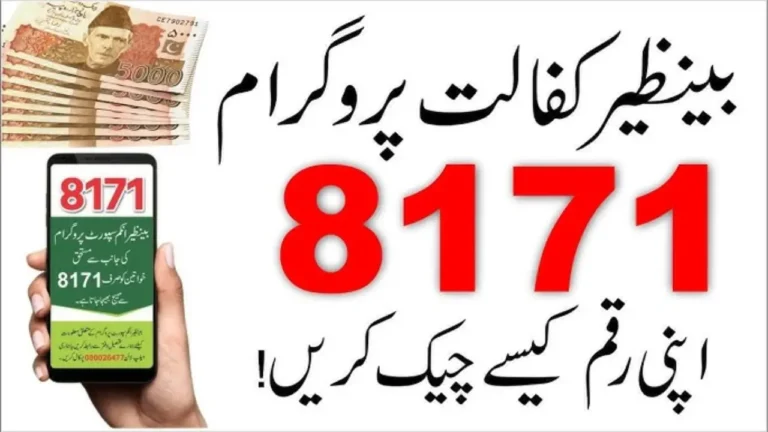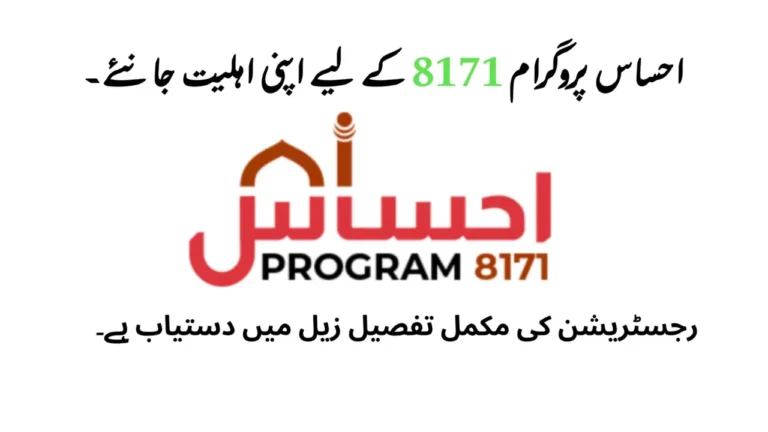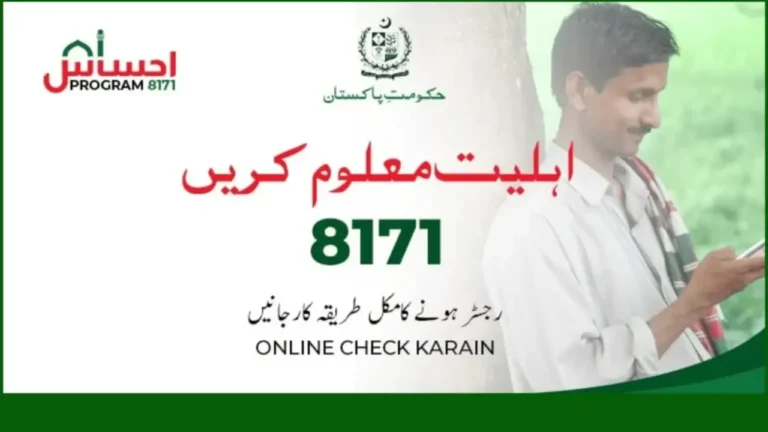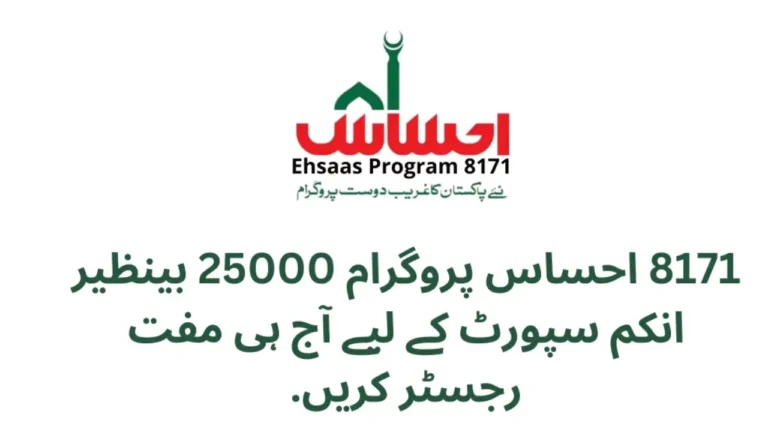BISP Dynamic Survey: From Registration to Relief
The Benazir Income Support Programme (BISP) is Pakistan’s flagship social safety initiative, aimed at providing financial support to low-income families across the country. Over the years, it has evolved into one of the most extensive poverty alleviation networks in South Asia. One of the most significant milestones in its development has been the launch of the BISP Dynamic Survey, a system designed to identify and register deserving families with greater accuracy.
The Need for a Dynamic Survey
Poverty is not static; families may fall into or rise out of poverty due to changes in employment, health, natural disasters, or inflation. Earlier systems of poverty targeting, which relied on one-time household data collection, often became outdated and failed to capture the evolving realities of households.
Recognizing this challenge, BISP introduced the Dynamic Survey, a continuous process that allows families to update their socio-economic information at dedicated centers. Unlike earlier methods, this approach ensures that data reflects current conditions, making the process more inclusive, transparent, and effective.
Registration: The First Step
The registration process under the BISP Dynamic Survey begins when households approach a registration desk established in their respective districts. These centers are accessible to both urban and rural communities. Here’s how the registration phase unfolds:
- Family Information Collection
Trained staff at the registration desks gather detailed information about the household. This includes family size, sources of income, education levels, health status, and housing conditions. - National Database and Registration Authority (NADRA) Verification
Since the program is integrated with NADRA, each applicant’s Computerized National Identity Card (CNIC) is cross-verified to avoid duplication and ensure eligibility. - Socio-Economic Indicators
The survey uses specific indicators—such as electricity consumption, number of dependents, type of residence, and income levels—to assess whether a household falls below the poverty line. - Updating Information
Families that had registered in the previous surveys are encouraged to update their records if circumstances have changed—for example, an increase in dependents, loss of income, or migration to another city.
This step ensures that no deserving family is excluded due to outdated data.
Eligibility Assessment
Once registration is complete, the data is processed through a Poverty Scorecard System, which assigns each household a score based on socio-economic conditions.
- Families with scores below a certain threshold are considered eligible.
- Those slightly above the threshold are placed on a “monitoring list” and reassessed later.
- Applicants are informed via SMS notifications, a transparent measure to keep families updated about their status.
This data-driven mechanism ensures that resources are allocated only to those who genuinely need support.
Relief Disbursement: Financial Assistance Reaches Homes
Once officials confirm eligibility, the process moves to the most awaited stage relief disbursement. The BISP provides unconditional cash transfers to beneficiary families, usually delivered through digital payment systems such as biometric verification at banks, ATMs, or designated payment centers.
- Quarterly Stipends
Beneficiaries receive quarterly payments that help them cover basic expenses like food, health, and education. - Women-Centric Support
BISP pays women in the household directly, recognizing their role as primary caregivers and ensuring they use the funds for family welfare. - Technology Integration
Biometric verification minimizes fraud, guaranteeing that assistance reaches the intended recipient.
This direct financial support serves as a lifeline for millions of families struggling with rising inflation and limited income opportunities.
Beyond Cash: Linking to Wider Support
The BISP Dynamic Survey is not just about distributing money. It also serves as a gateway to other social protection and development programs. Families identified through the survey are linked to:
- Ehsaas Nashonuma: Nutritional support for pregnant women and children under two.
- Waseela-e-Taleem: Stipends for children’s education to reduce dropout rates.
- Interest-Free Loans: Opportunities for small businesses and self-employment.
- Healthcare Programs: Access to free or subsidized medical treatment.
In this way, the survey functions as an entry point into a larger ecosystem of social welfare initiatives.
Transparency and Accountability
Critics of welfare programs often point to the risk of corruption, nepotism, or political favoritism. The dynamic survey addresses these concerns through:
- Digitized Records: Manual paperwork is replaced with digital forms, reducing manipulation.
- Biometric Verification: Ensures beneficiaries are genuine.
- Complaint Mechanisms: Families can lodge complaints at registration centers if they feel excluded or unfairly treated.
- Third-Party Monitoring: Independent organizations periodically evaluate the program’s efficiency.
These measures have significantly boosted public confidence in the fairness of the system.
Social and Economic Impact
The BISP Dynamic Survey has transformed the way Pakistan targets poverty. Some of the visible impacts include:
- Empowerment of Women: By directing payments to women, the program strengthens their decision-making power in households.
- Education Access: Conditional cash transfers linked to schooling have improved enrollment rates, particularly for girls.
- Economic Stability: Families receiving regular stipends experience improved nutrition, healthcare, and financial resilience.
- Community Trust: Transparent processes foster trust between citizens and state institutions.
While challenges remain such as expanding coverage to remote areas and addressing inflationary pressures the survey represents a major step forward in structured poverty alleviation.
Challenges in Implementation
Despite its achievements, the dynamic survey is not free of obstacles.
- Accessibility Issues
Families in far-flung rural areas sometimes struggle to reach registration centers. Mobile registration units are being explored as a solution. - Awareness Gaps
Some households remain unaware of the registration process. Public awareness campaigns are crucial to bridge this gap. - Inflation and Limited Funds
Rising living costs often outpace the amount of financial aid, highlighting the need for periodic adjustments. - Data Accuracy
Families may underreport or misreport income in hopes of qualifying. Robust verification methods are required to maintain credibility.
Looking Ahead: The Future of the Dynamic Survey
The BISP Dynamic Survey continues to evolve. Advancements in technology and data systems will make the program more precise and inclusive. Future plans include.
- Mobile Applications for easy self-registration and updates.
- Artificial Intelligence Tools to analyze socio-economic trends and predict emerging vulnerabilities.
- Integration with Other Databases to streamline welfare programs under a unified platform.
- Community Engagement to ensure participation from marginalized groups, including those without access to digital tools.
Such innovations could make Pakistan’s social protection network one of the most effective in the developing world.
Overall Conclusion
From registration to relief, the BISP Dynamic Survey represents a transformative approach to poverty alleviation in Pakistan. By continuously updating household data, ensuring transparency, and directly channeling aid to women, the program not only provides financial assistance but also empowers communities. Its integration with other welfare initiatives multiplies its impact, making it more than just a cash transfer scheme it becomes a gateway to opportunity, stability, and dignity for millions of Pakistanis.
As policymakers address challenges and embrace technology, the BISP Dynamic Survey can become a model of social protection for other countries grappling with poverty and inequality.
Frequently Asked Questions (FAQs)
What is the BISP Dynamic Survey?
The BISP Dynamic Survey is a continuous process that registers and updates socio-economic data of households to identify families eligible for financial assistance under the Benazir Income Support Programme.
Who can register for the BISP Dynamic Survey?
Any household in Pakistan that is struggling financially can visit a registration desk with their CNIC and family details. Eligibility is later determined through a poverty scorecard system.
How can I update my information if my family situation changes?
You can visit the nearest BISP registration center at any time to update details such as new dependents, change of residence, or loss of income.
How do I know if I qualify for BISP assistance?
The system processes your data and sends you an SMS notification confirming whether you meet the eligibility criteria
How are payments made to beneficiaries?
Eligible families receive quarterly stipends through digital payment systems such as ATMs, banks, or designated payment centers. Biometric verification ensures payments go directly to the rightful recipient.





